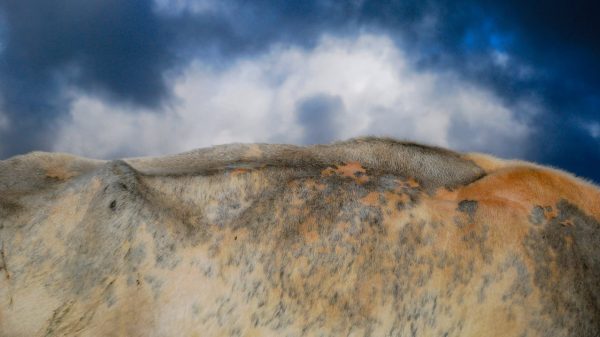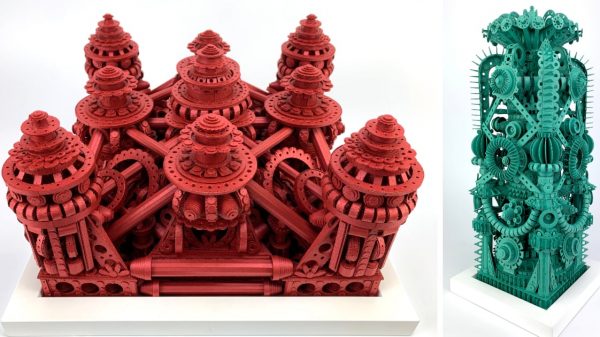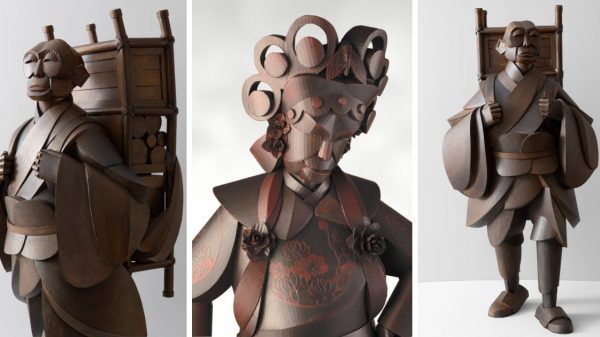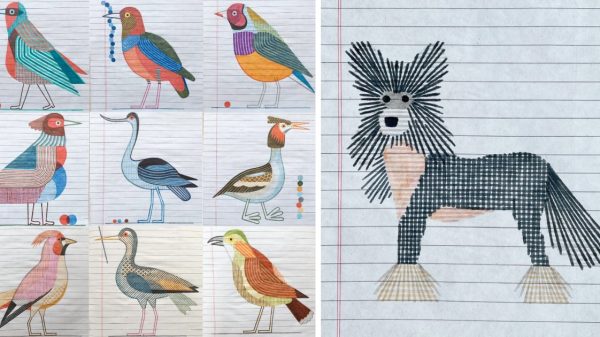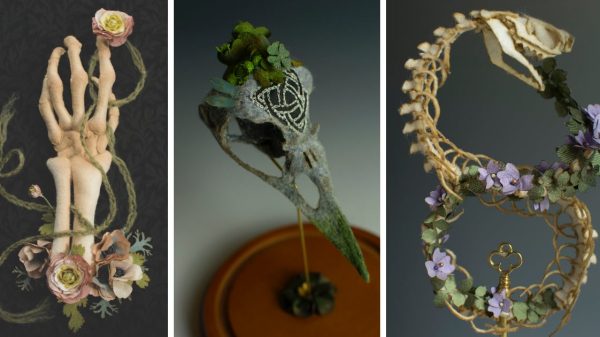Article from: Art News
Made from pigment mixed with nondrying oil and a wax binder, the first oil pastels were invented by the Osaka-based company Sakura in 1924 for use in Japanese schools. While oil pastels never caught on with Japan’s educators, they interested artists—including Pablo Picasso, who collaborated with the French manufacturer of art supplies Sennelier to develop a higher-quality version of Sakura’s product. Sennelier’s launch of their oil pastel in 1949 was followed Holbein’s in the 1980s and Caran d’Aches’s in the 1990s.
A cleaner medium than chalk pastels, but still softer and more blendable than either colored pencils or crayons, oil pastels are a great tool for both sketching and making finished pieces. Thinned with oil or solvents, they can also be used for painting. A concern with oil pastels is that they never completely dry and should ideally be treated with a fixative or framed behind glass. But they make up for that in ease of use, workability, and vivid color.
It’s tough to pick the absolute best brand, as your preference will depend largely on your subject matter and style. In fact, most artists will mix brands and fill their arsenal with colors of different firmness. A common combination, for instance, is to layer super-creamy Senneliers over slightly firmer Holbeins. Higher-grade pastels can be bought individually, so we encourage you to shop around. Here are some recommendations to get you started.
source
Article from: Art News











